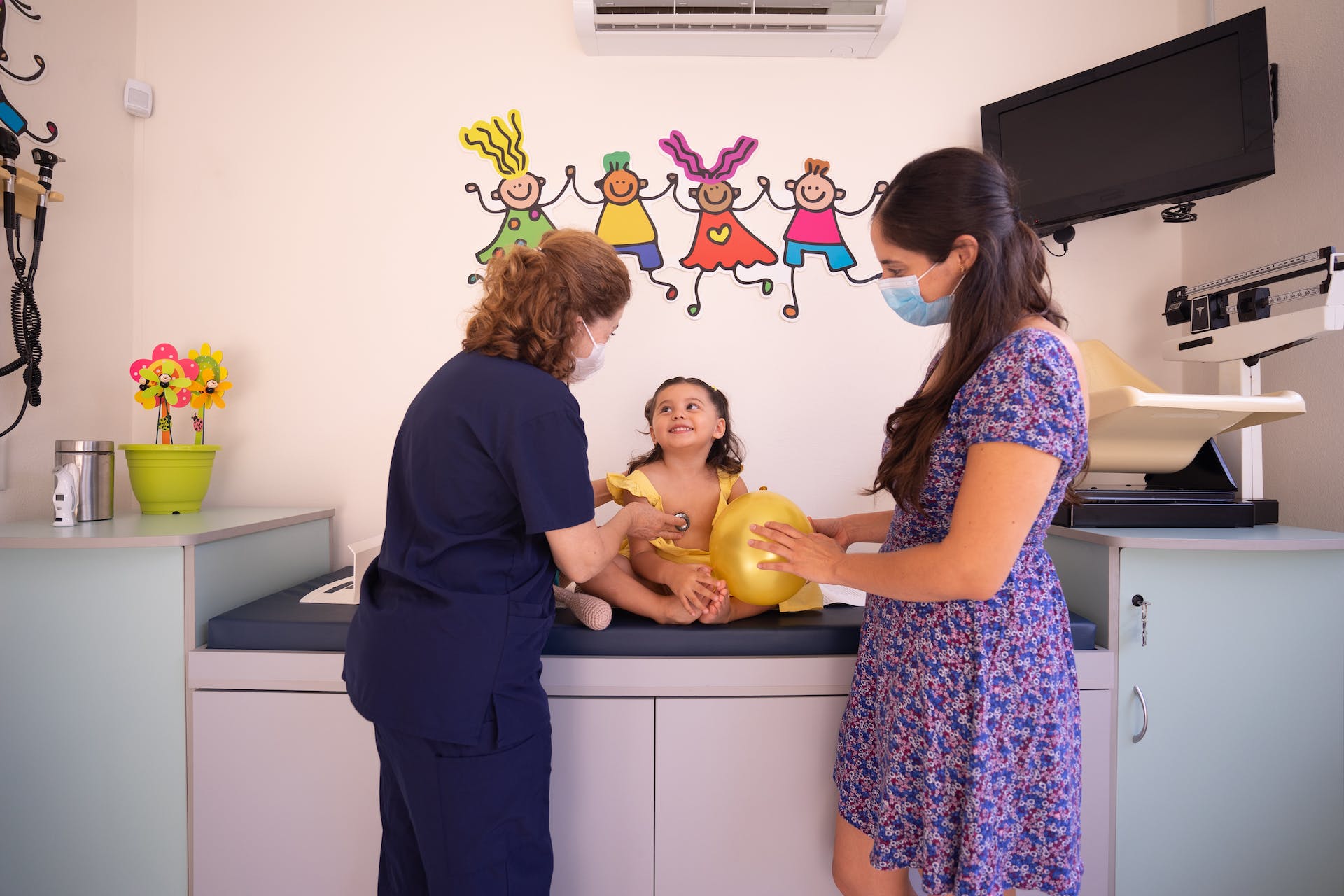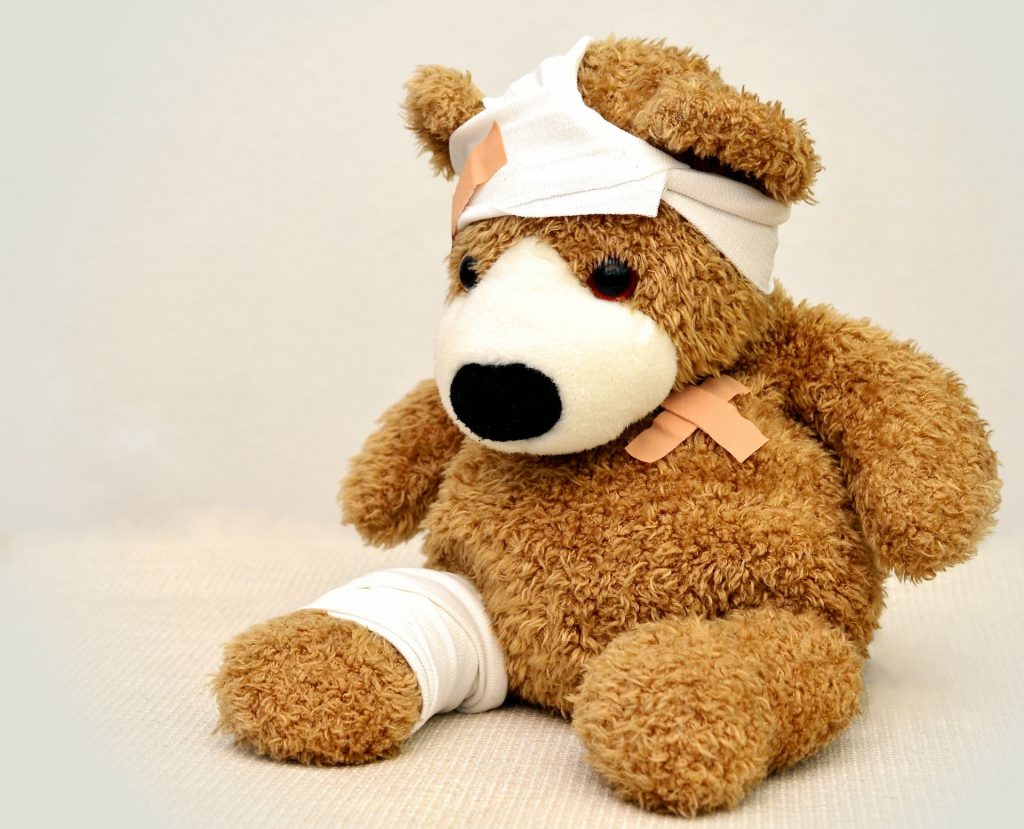
Are you passionate about General Paediatrics?
The British Association of General Paediatricians (BAGP) is dedicated to raising the profile of General Paediatrics as a specialty.
or read on to find out more…
What does the BAGP do?

Training & Careers
The BAGP is committed to promoting General Paediatrics as a career. We do this by:
- Working with RCPCH on curriculum development.
- Ensuring that General Paediatrics is considered in workforce planning initiatives.
- Providing motivation, support and guidance to those aspiring to become General Paediatricians.

Research & Guidelines
We strongly support General Paediatricians’ involvement in research and scholarship. We do this by:
- Supporting General Paediatricians with guideline development at local and national levels e.g. through NICE.
- Setting priorities for research in General Paediatrics.
- Collaborating with Paediatric Research groups like GAPRUKI.

Advocacy & Strategy
The BAGP aims to ensure that General Paediatrics remains central to healthcare provision for children & young people. We do this by:
- Developing a vision for General Paediatrics.
- Collaborating with other paediatric subspecialties.
- Working with RCPCH to recognise General Paediatrics as a specialty in its own right.
What are the benefits of membership?
- Members receive a monthly newsletter to keep them updated on BAGP’s work, upcoming events etc.
- You will join a network of General Paediatricians who are all dedicated to the advancement of our specialty.
We have ambitions to expand our activities in the coming months and years.
The first step is to grow our network of like-minded General Paediatricians.

We sincerely hope that you will consider joining the Association and help us in raising the profile and prestige of General Paediatrics!
